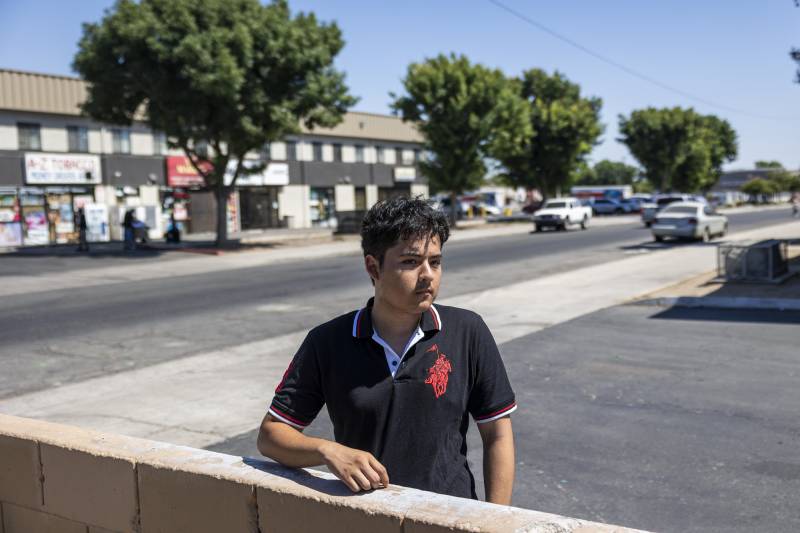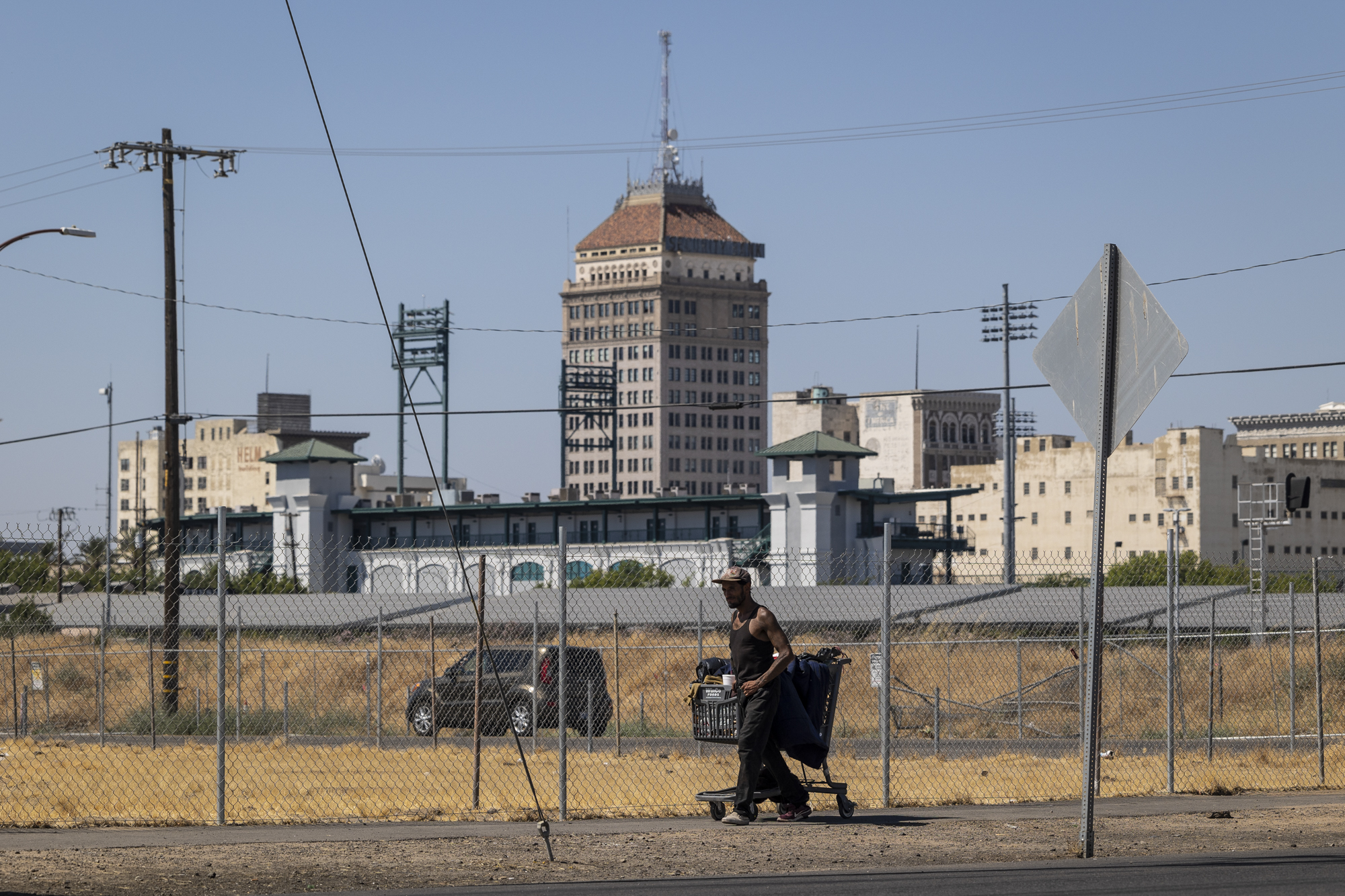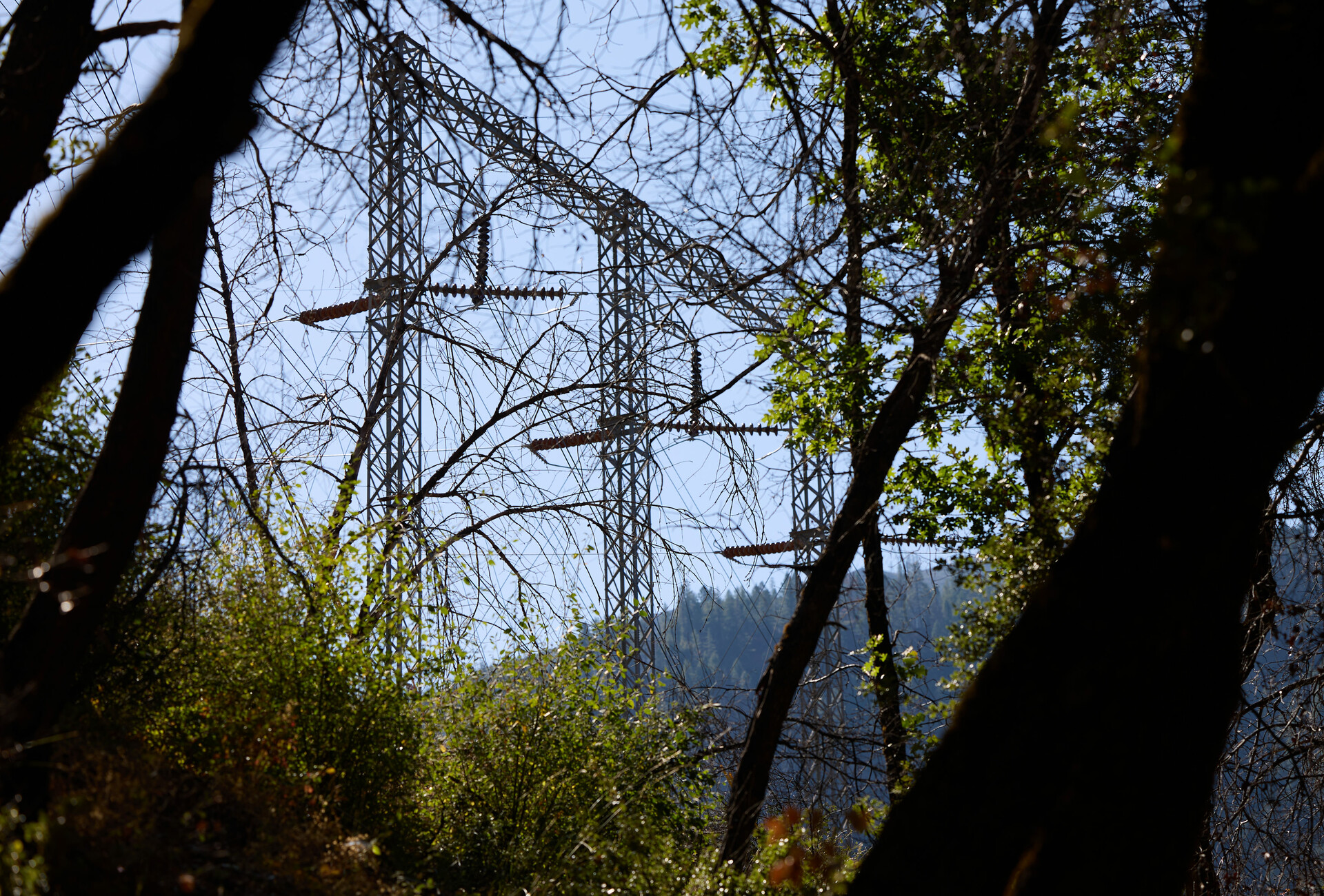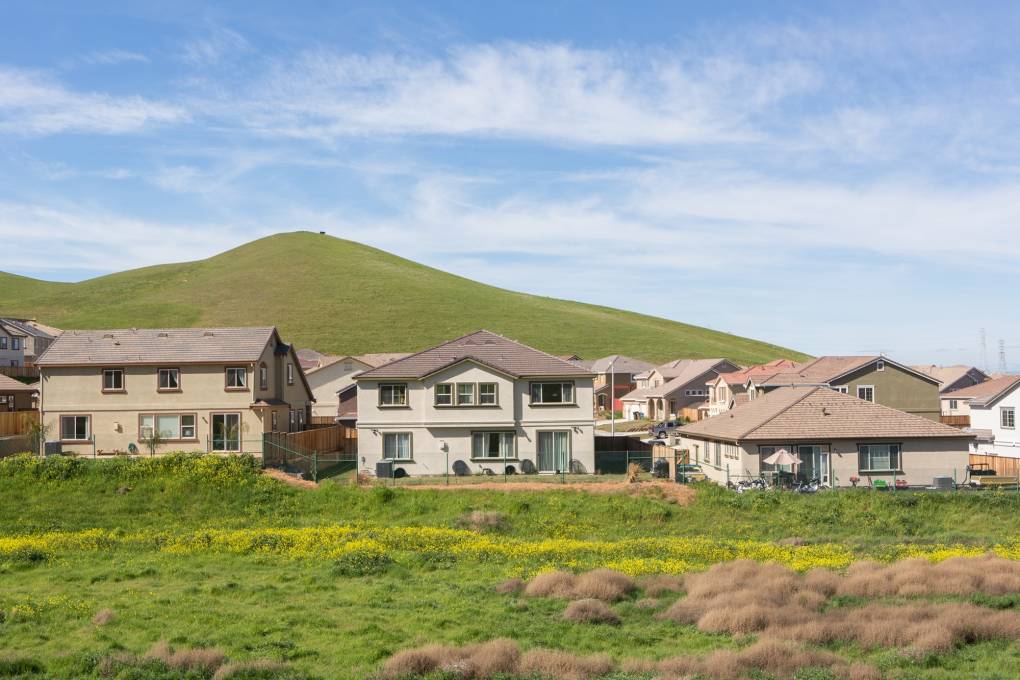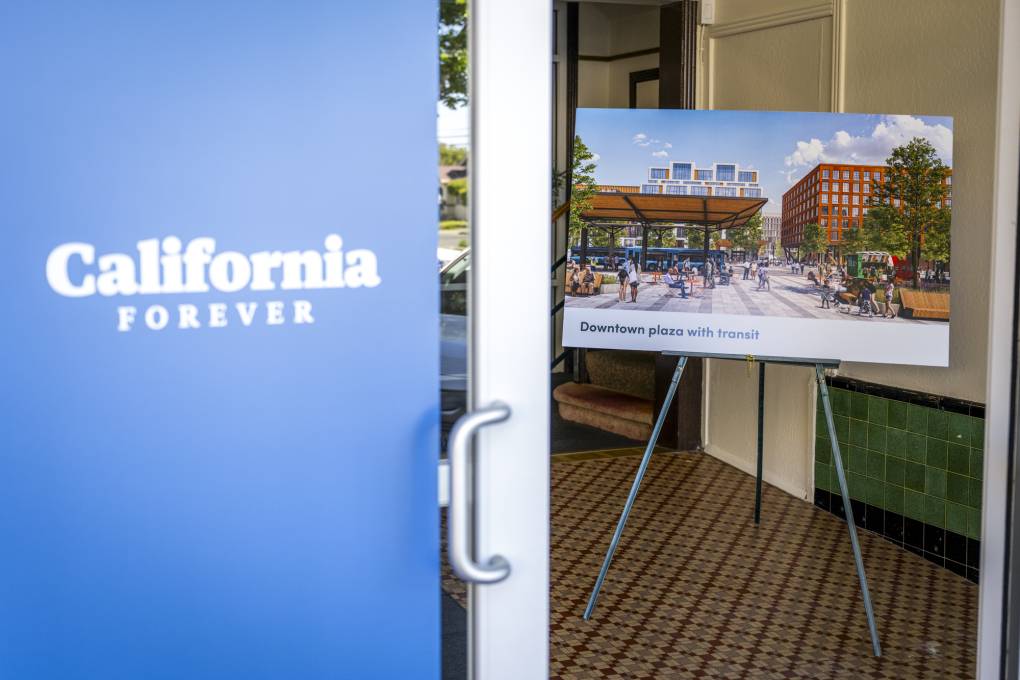By this fall, Yamamura’s family was $1,300 in debt to PG&E.
Californians currently owe the state’s biggest utility companies upwards of $2 billion, according to records submitted to the CPUC in November. Much of this accrued during the pandemic. About half of indebted customers owe more than $2,000.
This staggering debt has piled up despite the more than $1.6 billion federal and state government provided Californians to pay past-due residential utility bills as part of pandemic relief efforts.
All of the investor-owned utilities run a state-mandated debt forgiveness program. As long as customers stay current on their monthly bills, their debt is gradually forgiven.
Yamamura and his mother said they were enrolled but flunked out because they couldn’t keep up with payments. They regularly get disconnection notices, he said, and have had their service cut in the past despite getting a 30% monthly discount for low-income customers.
In addition to the debt relief program, a patchwork of federal, state and nonprofit programs are available to help customers manage bills and debt. They range from subsidies to payment plans to help installing insulation and energy-efficient appliances.
Some of these programs are well-used, but others are underutilized.
Even for many customers who take advantage of them, like Yamamura and his family, they’re simply not enough.
About 85,000 PG&E customers were kicked out of the debt forgiveness program during six months earlier this year for failing to stay current on their payments or maintain other eligibility requirements.
Still, 362,000 PG&E customers were enrolled as of October.
With rates due to rise again, some are calling for reforms that would ease the burden on low-income consumers.
“The subsidy programs that we have in place are becoming more and more obsolete every day as the cost of utilities, as well as just the overall cost of living, continues to rise,” said Benito Delgado-Olson, chair of the CPUC’s Low Income Oversight Board. “These rate hikes are going to be very difficult for a lot of hardworking people.”
This summer, Yamamura picked up another part-time job with a nonprofit, Power California, canvassing for rent control in Fresno. The cause felt personal, and he loved talking to people like Melody Erdmann, a 57-year-old who opened her apartment door to him one Saturday.
